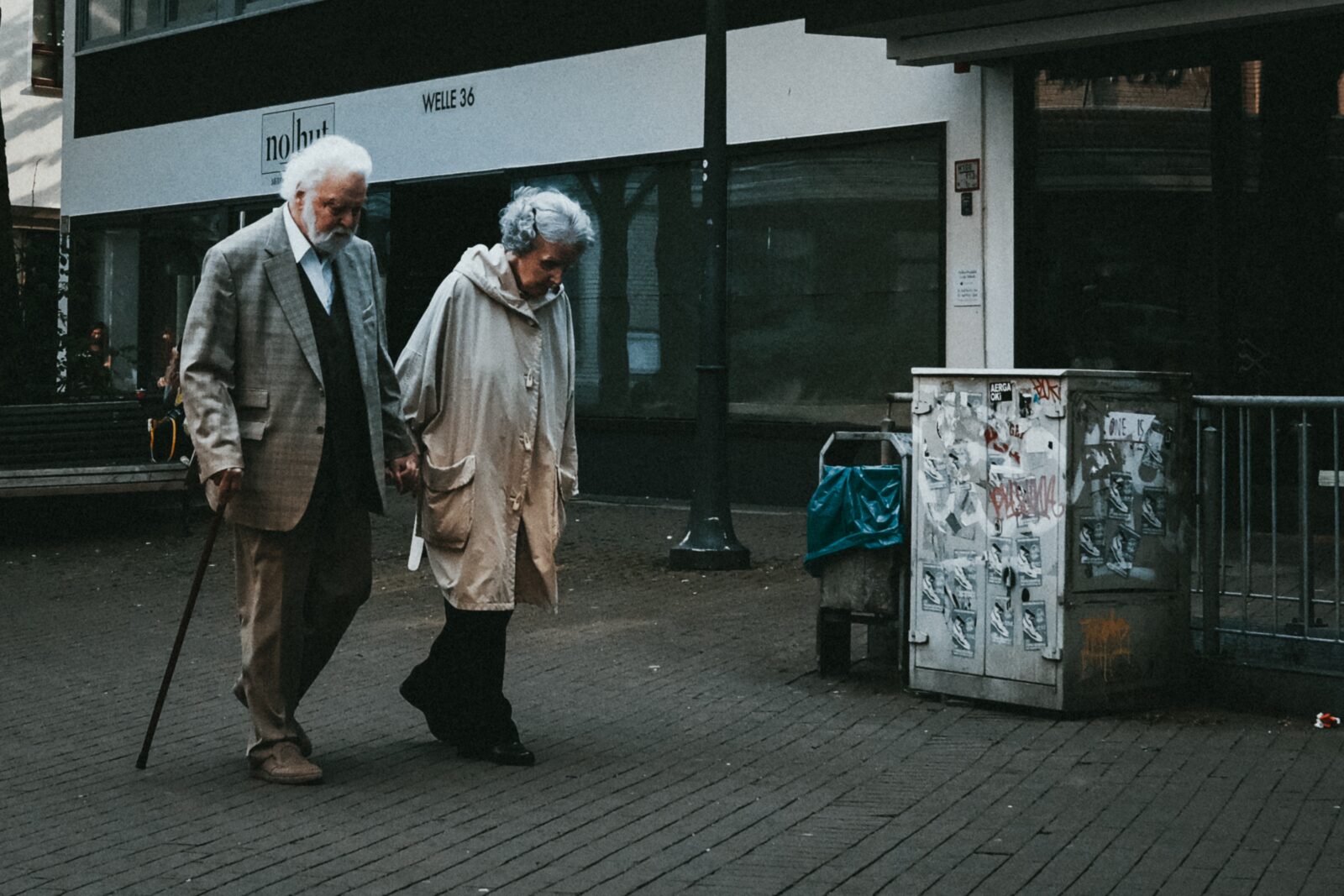Aging-related changes may result in troubles with mobility or moving around in your own house. Mobility impairments include uncontrollable shaking while walking, problem getting in and out of a chair, and serious falls. Muscular weakness, joint pain, and neurological issues are all prevalent among the elderly and can actually add to limited mobility.
A fall injury could result in restricted or reduced mobility, or even bed rest, which can apparently aggravate existing ailments and cause new ones. Falls endanger the elderly’s health and limit their ability to remain self-reliant. However, falls do not become unavoidable as you get older. You can lower the chances of slipping and assist a loved one in avoiding falls with the use of bathroom assistance for elderly, folding wheelchair ramp, and other Medical Equipment. Let us now go over a few more tips for avoiding such falls.
Mobility Tips for Caregivers:
- Promote Physical Exercise
According to researchers, regular physical activity benefits a wide range of health conditions in the population. As we age and put on weight, our mobility begins to deteriorate. Certainly, the right amount of exercise can assist in overcoming mobility issues. To put it another way, we will lose it if we do not use it. Engaging in a specialized, well-balanced aerobic program or flexibility training sessions for the elderly can significantly lower the likelihood of mobility impairment.
- Balancing Practice
As we age, stability problems may start to develop with time, and it is undoubtedly a difficult situation where the person is unsure of the ground. Do experience imbalance while walking? We must recognize that maintaining a sense of balance is essential for leading a good health, secure, and enjoyable life. Begin by spending time with your elders and practicing a few balancing exercises at home.
- Adequate Lighting
Lighting is one of the primary and most effective ways of preventing falls in elderly individuals. We should definitely keep their living space well-lit all the time and guide them on how to use touch lamps or Motion Censor lights. Our elders might require additional lighting at any time of the day or night. Increase the number of lights or change the types of lights to improve lighting. Clear vision aids seniors in maintaining body balance and avoiding dangerous risks. You can also use moderate lighting on the stairs to help them identify their next step.
- Using Medical Equipment
Door threshold ramp, recliner shower chairs, walkers, bed railings, stair handrails, and mobility scooters are examples of assistive devices that can be used to help elders and patients move around more easily and freely. Elders who are unable to walk long distances can use a wheelchair to save time and avoid exhaustion. To ensure safety and wellbeing, a variety of disabled equipment is available, ranging from walking sticks and crutches to wheelchairs and stair lifts.
Why is Senior Mobility So Essential?
We are now more concerned about the rising number of falls among the elderly. Seniors who were unable to leave their homes to walk or engage in any physical activity seemed to be concerned about their mobility. In addition, many medical and health care systems have begun to motivate seniors to stay active and participate in physical activities.
We will much better when we are able to move around freely and do the things, we are accustomed to doing in our daily lives. Mobility is a circumstance that not only benefits your overall body health but also stimulates your mind with positive thoughts. Having said that, staying active on the other hand also benefits our bones, heart, emotional, and mental needs.
Conclusion: The problem of disabled living does not have to dissuade you from living your life independently or going around confidently. Fortunately, there seem to be innumerable ways to ensure that you travel conveniently, go on vacations, and meet your friends out. A few simple tips and suggestions can help you move and choose to live thoroughly.

